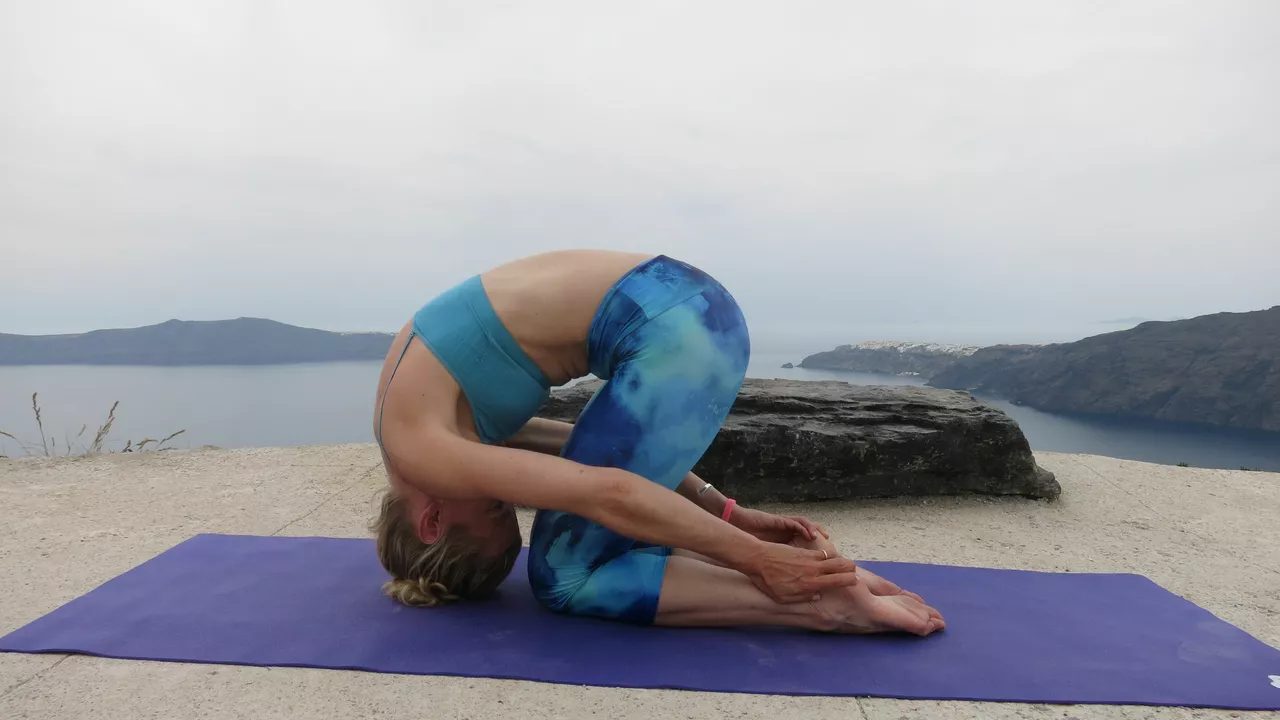Health & Wellness: Yoga Origins, Benefits and How It Works
Yoga began in India 5,000 years ago as a system to steady the mind and strengthen the body.
At its core yoga mixes three parts: asanas (postures), pranayama (breathing), and meditation.
How Yoga Works
Asanas stretch tissues, improve joint range and build stabiliser strength; pranayama alters heart rate and oxygen use; meditation calms the stress response.
Together they shift the nervous system toward rest by stimulating the parasympathetic system and the vagus nerve, lowering cortisol and improving sleep.
Physically you gain flexibility, better balance, and often lasting relief from chronic back or neck pain when practise is steady.
Mental benefits include improved focus, mood stability, and reduced anxiety. Clinical trials show 8-week yoga programs reduce anxiety and depressive scores by improving emotion regulation and attention control.
How to Start
Start small: two or three 20-minute sessions a week beat zero. Add five minutes of breathing twice a day to calm mornings and evenings.
A basic routine: Sun Salutation variations, gentle hip openers, a standing balance and five minutes of seated breathing.
If you have injuries, high blood pressure, or are pregnant consult a teacher or health provider. Use props like blocks and straps; never force a pose.
Try these simple breath tools: diaphragmatic breathing for five minutes to lower heart rate, box breathing when stressed, and alternate nostril breathing to sharpen focus.
Quick routines for goals: Energy, three rounds of Sun Salutation, camel and chair pose. Recovery after sitting, knee-to-chest, gentle twist and child's pose. Sleep, legs up the wall, supine twist and five minutes of belly breathing.
Track progress with simple notes on energy, sleep, and pain days. Aim for consistency, not perfect form. Mix Hatha for basics, Vinyasa for flow, Restorative for deep rest.
Yoga helps teens with focus, adults with posture and stress, and older adults with balance and bone health. Gentle weight bearing through poses supports bone density.
Common mistakes are pushing into pain, holding the breath, and skipping alignment. Fixes: back off if sharp pain appears, breathe through movements, and learn alignment cues from a teacher or good video.
Most people notice small wins in two to four weeks: less stiffness, better sleep, calmer mornings. Deeper changes like improved posture and steady mood often take three months of regular practice.
Fit yoga into life by adding five minutes after waking, a short stretch at lunch, and five minutes of breathing before bed.
When choosing a teacher look for clear alignment cues, experience with therapeutic cases, and a patient approach. Ask if they modify for injuries and teach breathing and relaxation. For sessions aim for 45-60 minutes twice a week for steady benefits; 20-30 minutes daily also works. Breathing practice twice daily for five to ten minutes changes heart rate variability in weeks.
If you want guidance pick a short beginner program or a local workshop to build habits and confidence today.
Where did yoga originate from, and how does it work?
Hey guys, let's dive into the mystical world of yoga. Originating from the land of spices and spirituality, India, more than 5000 years ago, yoga is more than just twisting and turning your body in weird ways. It's a holistic blend of physical postures, breathing techniques, and meditation that works wonders on your body and mind. You might feel like a pretzel at first, but trust me, it's like a free chiropractor with the bonus of inner peace. So, unroll your mats, folks, because yoga is a journey of the self, through the self, to the self, and it starts right in your living room!
